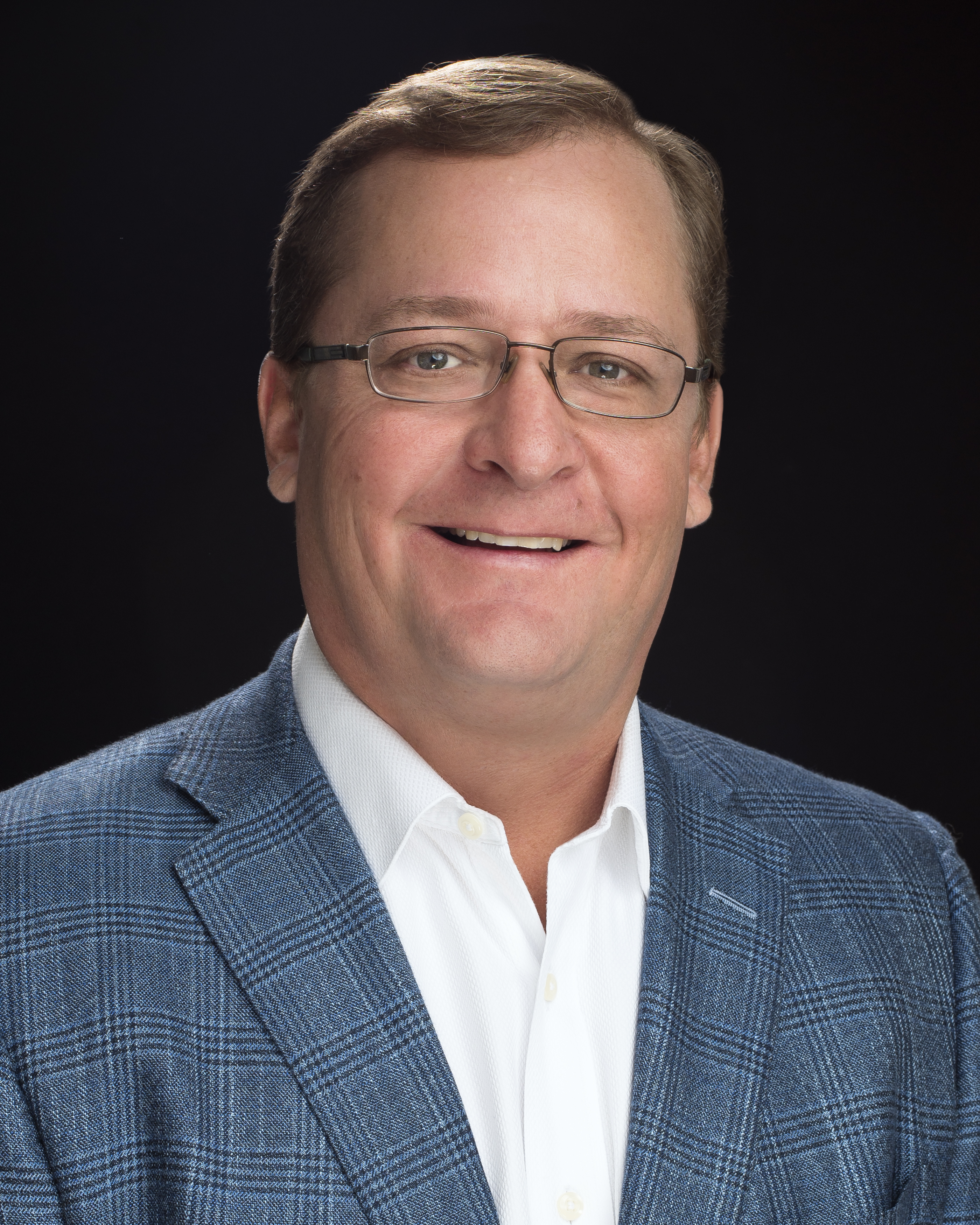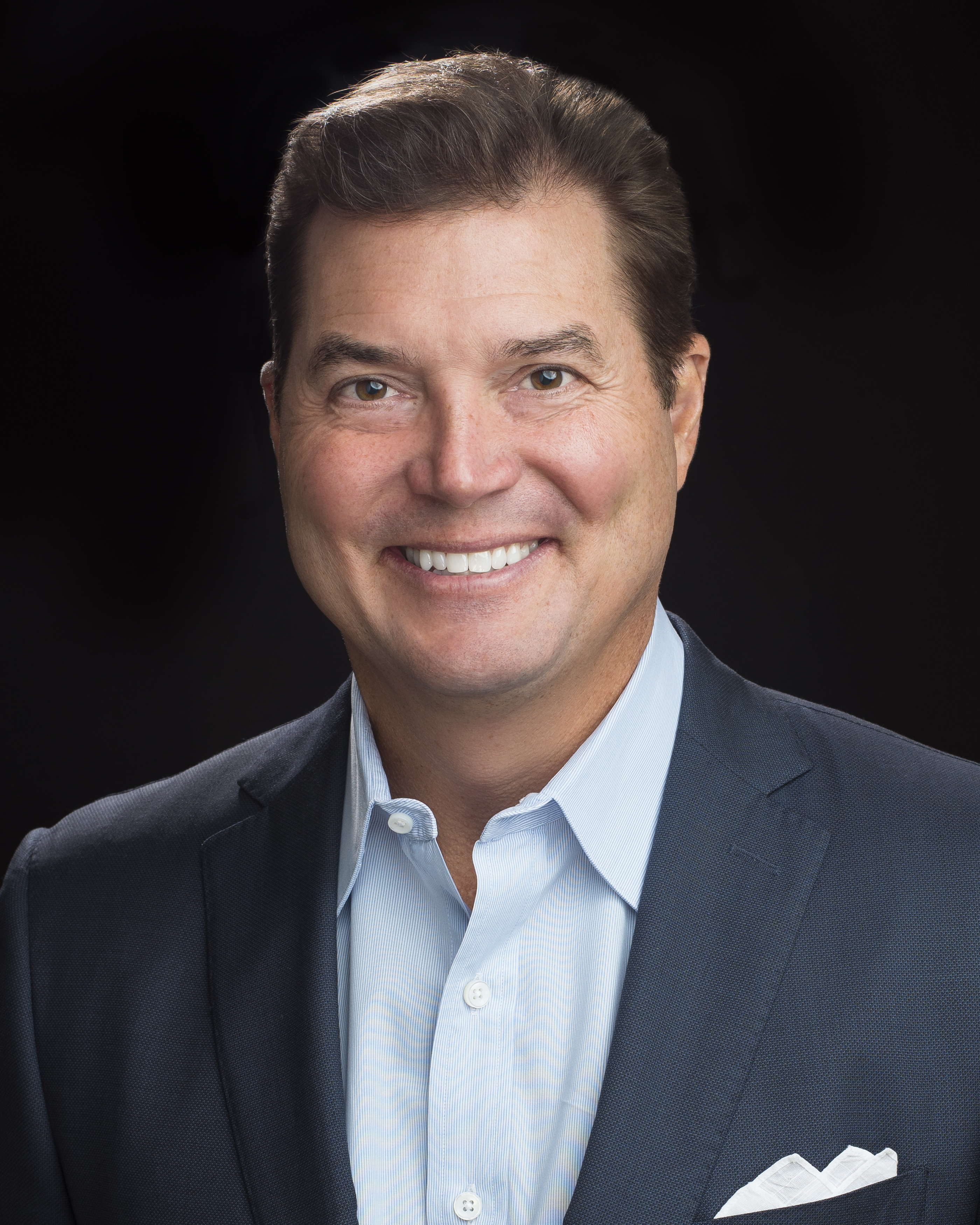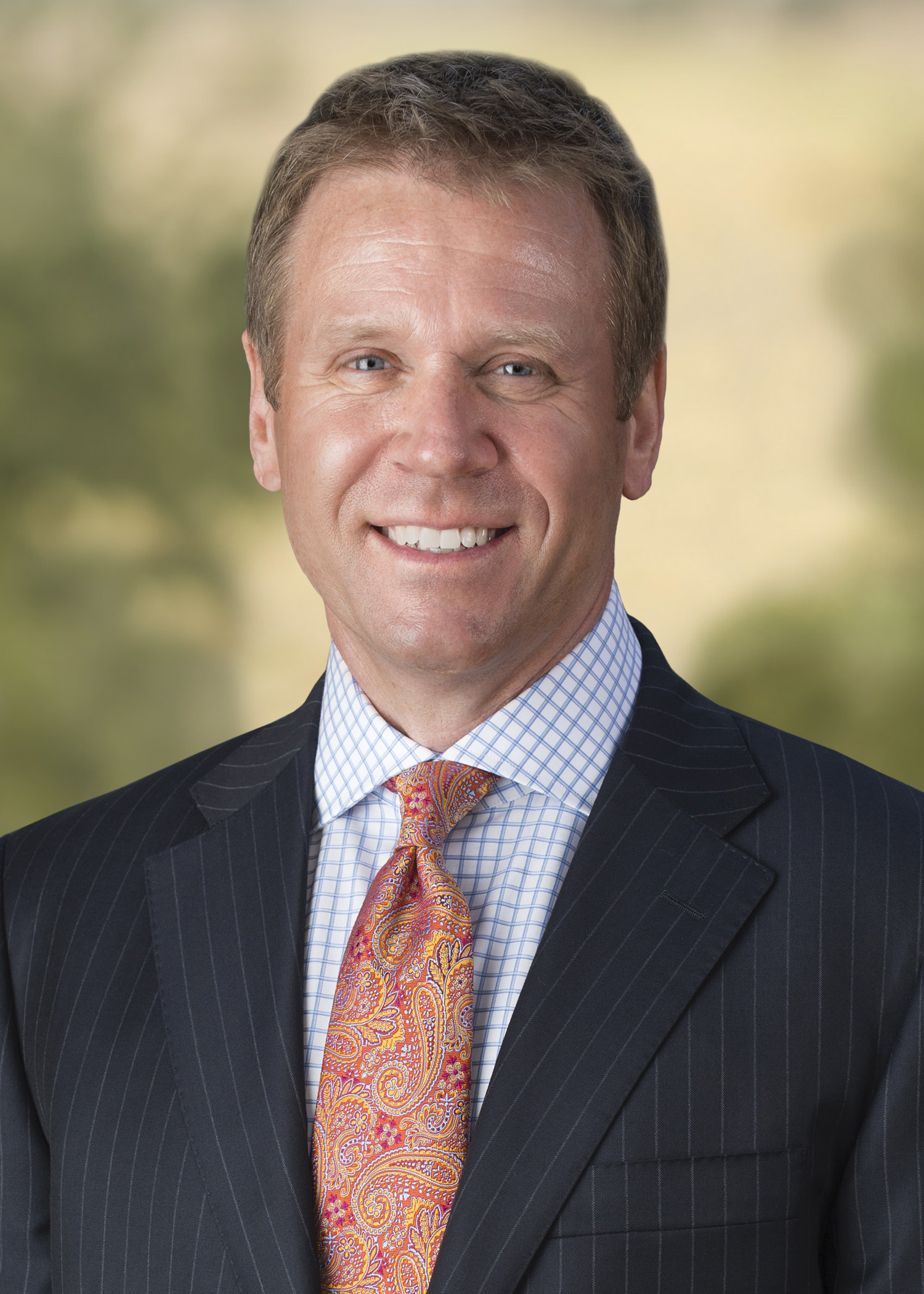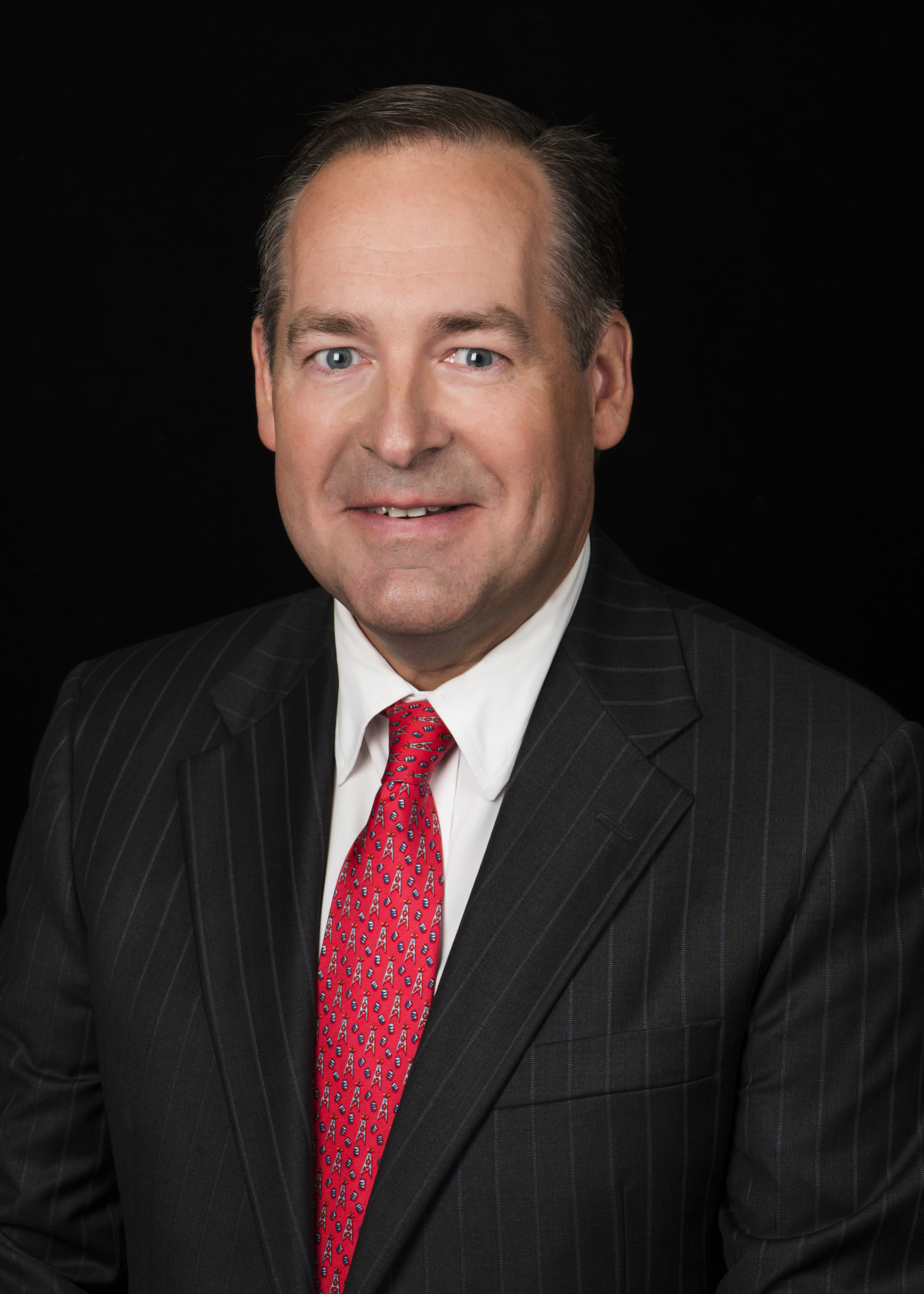
Source: Jacob_09/Shutterstock.com
[Editor's note: A version of this story appears in the 2020 edition of Oil and Gas Investor’s Capital Formation. See more stories like this here.]
Hard times for the upstream usually allow the midstream to align and adjust. It sounds cold-blooded, but for straitened producers caught with too much debt, a good offer for gathering and processing could be a lifeline. Indeed some private-equity (PE) firms with dedicated midstream funds say they are ready to make deals. Others are waiting for things to settle a bit or at least for sellers and buyers’ ideas of value to come into closer alignment.
One complication from the last cycle does not seem likely to be repeated this time. In the 2014 to 2015 downturn, producer bankruptcies precipitated some nasty litigation about whether midstream contracts could be unilaterally altered by courts or creditors. In recent years contract terms have been clarified.

It is also clear that investors are not shy about continuing to put capital into the midstream. In late March, Tailwater Capital LLC closed Tailwater Energy Fund IV with $1.1 billion in capital commitments including a co-investment for one of the fund’s platform companies. Managers say Fund IV will “target opportunities across the midstream from the wellhead to the refinery gates.” Including this new fund, Tailwater has more than $1.3 billion of dry powder and believes it “is poised to opportunistically execute on the buying opportunities created by the capital access issues in the energy industry.”
Fund III closed in July 2018 with total commitments of $1 billion, including a co-investment for a platform company in the fund, and has invested in five platform companies.
“One of the compelling things about this sector is that it is so large,” said Edward Herring, co-founder and co-managing partner with Jason Downie. “We are in a period of extreme volatility driven by fear of a global health crisis as well as overt action by major producers. The industry is facing both supply and demand shocks at the same time, so investors are forced to be very focused.”
Herring stressed that “We are not traders, but we keep conversant on supply and demand volatility because that informs our tactics. At the moment we are very busy trying to understand the longevity of current events.”
Putting previous downcycles into context, Herring noted that during the slump in 1998 to 1999, crude prices fell from the range of $20 a barrel to $8. “It took a year to get back to $25 and two years to get into the $30,” he said. “Recovery also took a couple years after the 2008 recession. The supply shock in 2014 was more similar to today. As a team we have 22 years of investing together, and we will be very patient.”
Tailwater backs 14 active midstream teams, he said, “And every one of them has a 180-day tactical plan. We have the strategic perspective across capital expenditure, capital deployment and alignment with our management teams.”
Realigning and reloading
That perspective extends to the contracts that operating firms have with their shippers, which are crucial as producers begin to pull in their horns. “We believe in win-win for upstream and midstream companies,” said Herring. “We have been alert to contracts that have far out of market terms. On those there has been a lot of friction because, as I said, we prefer win-win terms: fair compensation for good service.”
That approach has a proven track record. “In our history we have had counterparties go bankrupt and never once has a midstream contract been altered by a court,” he said.
Tailwater’s Downie added, “That is the qualitative aspect of our approach. It comes from collaboration with our counterparties, and also among our teams in separate basins, some of whom deal with the same counterparties.”

Sometimes, alignment with management teams has meant realignment among them. In November 2019 Tailwater combined two of its portfolio companies. Elevate Midstream Partners LLC was folded into Align Midstream Partners II LLC. The move adds more than 180 miles of active pipe from Elevate to Align’s existing footprint across Panola, Rusk and Harrison counties in East Texas.
With an average daily volume of more than 300 million cubic feet per day, the combination provides Align with added processing and compression capabilities while further diversifying its customer base by adding several marquee East Texas producers that are active in the Haynesville and Cotton Valley formations.
At the same time Tailwater reloaded the management team as Elevate II with a $150 million equity commitment.
“The Align team has a long track record operating in East Texas,” said Herring. “The Elevate team is a transactional team with experience in acquisition and consolidation. We operated in both strategies in the basin to the point where both were growing organically behind a few key shippers.”
The Align team is going to focus on debottlenecking, while “the Elevate team is being deployed in the current environment with our dry powder,” Herring said.
Tailwater has also been active in water logistics. “It’s not an asset that makes sense in every basin,” Downie explained. “But where water production gets matched or better volumes relative to crude production, then water logistics become critical. We are big believers in the water segment.”
To that point, Downie said, “Water contracts have come to look very much like crude contracts.
The target of having 70% of a field on pipe is holding true. We are seeing that in the Bakken, and we are heading that way in the Permian.”
The big difference remains reuse. Hydrocarbons go to market, but producers are keen to reuse water as much as they can. “In this downturn I expect water production to surge because there will be much less reuse and so much more disposal,” Downie said. “The midstream companies that have that third pipe will be heroes to their producers and will have an advantage in the downcycle. Water is a natural hedge to slowing production.”
Continuing commitments
“Our founders and managing partners have been through multiple price cycles, but we have never seen anything quite like these conditions before,” said Dave Kurtz, managing partner of EnCap Flatrock Midstream. “The convergence of simultaneous supply and demand shocks has led to unprecedented declines in valuations across the energy sector.
“Upstream companies will continue to reduce their capital expenditures, which will lead to a decline in rig activity and, ultimately, a drop in production across all commodities,” he continued. “We are assessing capital structures across the portfolio, scrutinizing expenses, conserving cash and working to limit or delay deployment of capital where possible, at least in the near term until things stabilize.”

However, that hardly means commitments and portfolio company activity are at a standstill. At the beginning of March, EnCap Flatrock Midstream made a growth capital commitment of half a billion dollars to Tatanka Midstream LLC.
Tatanka’s goal is to create value by improving the operations, maintenance and overall efficiency of acquired businesses and building highly competitive new assets that serve the North American energy market.
“We are excited about this team. They are what I call ‘transformational leaders.’ They have an outstanding track record in optimizing large assets, managing large numbers of people and extracting value throughout every aspect of a company,” Kurtz said.
“They have developed a lot of industry contacts and transactional experience from the wellhead to the refinery, including mergers, acquisitions, divestitures and organic growth projects. The Tatanka team understands our strategy, and we’re excited to see what they bring us.”
A month prior to the Tatanka commitment, EnCap Flatrock portfolio company Greenfield Midstream bought into the Saddlehorn Pipeline through Black Diamond Gathering LLC, Greenfield’s joint venture with Noble Midstream Partners LP. Black Diamond purchased 20% of the Saddlehorn Pipeline.
Saddlehorn has the capacity to move 190,000 barrels per day (bbl/d) of crude and condensate from the Denver-Julesburg (D-J) and Powder River basins to Cushing, Okla. (expanding to 290,000 bbl/d by late 2020). Saddlehorn is owned by affiliates of Magellan Midstream Partners LP, Plains All American Pipeline LP and Western Midstream Partners LP. Magellan is the operator.
“Black Diamond fed directly into the long-haul pipe,” said Kurtz. “So the investment represents a good move for Greenfield and also provides an all-in value proposition for Black Diamond customers.”
He added that the transaction indicates EnCap Flatrock’s evolution. “What we do is no longer just gathering and processing. Over the years, across our portfolio we have moved into transportation and storage, terminals and logistics. Saddlehorn complements Black Diamond’s gathering and storage assets, and Greenfield’s interest in the joint venture adds value to our portfolio.”
EnCap Flatrock again expressed its evolution in early January when the firm made an initial capital commitment of $400 million to the Edgewater Midstream LLC management team.
Edgewater was formed in late 2019 to provide independent logistics services to refiners, producers and marketers of crude oil, refined products and other bulk liquids. The company is focused on the acquisition and greenfield development of pipeline, bulk liquids storage and terminal operations serving North American energy demand hubs. “This is another outstanding team with superb track records and great relationships at the demand end of the value chain,” Kurtz said.
“The bottom line is that over time we have expanded in scope by pushing our midstream investments farther downstream,” said Kurtz, “but it’s still midstream.”
Even as the firm’s tactics evolve, Kurtz said EnCap Flatrock’s core strategy has not changed. “People come first; we invest in outstanding teams with proven track records and a vision, making sure that our values, goals, strategies and approach to risk management are aligned. It’s a little early in this downturn, but we are already starting to evaluate options that may come out of this cycle. We also expect opportunities may come to us.
“We are fortunate to have a significant amount of dry powder,” he said, though he declined to specify how much.
Kurtz added, “Some of the best deals in midstream have been accomplished in difficult markets. The key is to make sure they benefit everyone around the table.”
Keeping leverage out of the equation
“A $30 and below price per barrel of oil will change the perspective of both our producers and customers,” said James P. Benson, founder and managing partner of Energy Spectrum Capital. “Gathering, processing and transportation of crude, gas, water and all development activities will be reassessed.

“As producers revise their plans, that will affect throughput on our systems. We and everyone are lowering costs through this year and into next, and [we are] mindful to keep leverage at a minimum and hopefully out of the equation,” he said.
At the moment, everyone is primarily concerned about the health of their employees and families and secondarily about the downturn in the price of oil, Benson said. “We have never been highly levered in our funds. Leverage can be the kiss of death in this environment. By maintaining modest to no leverage, you can control your destiny by not losing control of your businesses.”
Geographically, Energy Spectrum principally operates across the Lower 48 states, with a concentration in Texas, Oklahoma and Louisiana and activities in several other basins including the Appalachian and the D-J. Investments are primarily traditional midstream assets, but the company also considers terminals and storage. Benson says he is indifferent between oil and gas. The firm has been around for 25 years and expects to close Energy Spectrum Partners VIII by the end of April.
“It has been an interesting and challenging time to be raising capital,” said Benson. “I am very pleased with our position in the market in that we are well-capitalized for making new investments. Although, to this point and with regard to acquisitions, buyers and sellers have been pretty far apart in terms of valuations. But in this challenged environment, it is likely that some sales are going to have to be made to enhance balance sheets.”
He added that, beyond the valuation proposal, “We’ve got to be sure that we have the ongoing throughput to support the investment and a credible, financially viable counterparty.”
Being agnostic on molecules extends to H2O. “We focus on being a multiservice provider to our customers,” said Benson, “and we prefer to do more than just water alone. Water is a cost to the producer, but as long as water can be structured as a traditional throughput midstream contract, then it meets the parameters of midstream activity.”
He cited the example of typical water cuts of 4:1 (water to oil) in the Delaware Basin. “Those are serious volumes, and if piped to a disposal facility with throughput agreements, then that would definitely be considered a midstream project.”
In the D-J Basin, Energy Spectrum’s portfolio company, Taproot Midstream LLC, moves crude out and water both ways, disposing of water and delivering water for frac purposes. “We are very excited about the D-J Basin,” said Benson. “It is a very interesting area that will, like all other basins today, need a better crude price to see a ramp-up in further development.”
Looking ahead to investing out of Fund VIII, Benson said he is patient but always looking at new opportunities. “It is a very challenging environment out there and a tough time to have to try to get people on the same page for deals. It is important to know who the buyers and sellers are and what their value expectations are. At present, a big gap remains, and that is not going to be resolved soon,” Benson said.
“There are several small and large companies with highly leveraged balance sheets. If prices hang in the $20s for any amount of time, those levered companies are going to be challenged to raise capital to fix their problems. Even large producers like Chesapeake [Energy Corp.] have engaged restructuring counsel. We will see more of this in the near future.”
Beyond producers that will need to raise cash, there is likely to be another round of consolidation in the midstream space and also with MLPs. “We saw it in the last downturn, and we will likely see it again,” Benson said. “I am hopeful we can participate in the solution and get some deals done.”
At the other end of the ledger book, Benson said he also remains hopeful to complete sales in this market as well. “We are always looking for opportunities for exits once we have achieved the benefit of the buildout of a project. We have a couple deals working in the market today.”
Reviving conversations
Post Oak Energy Capital sold its largest midstream investment, Oryx Midstream Services LLC, in the middle of last year, but that still leaves a substantial midstream presence in the portfolio.
Despite the ongoing pandemic and plunge in oil prices, “We are not thinking of our business any differently today,” said Frost W. Cochran, founding partner and managing director. “All of our midstream investments are derivative of our upstream investments, in terms of being shipper-driven.”
He added, “The midstream sector is driven by the upstream, and our view of the upstream in each region is informed by our own upstream investments in that play. It doesn’t necessarily mean that our midstream operations in a region are necessarily doing business with our own producers.”

That said, Cochran said that upstream activity of any scale is coming to a halt. “Customers are asking for help on rates and timing. Our approach is to be constructive. If we do something positive, even at the expense of the short-term quarter or two, that makes us a good partner, a good service provider. We have already offered some rate or timing relief where warranted.”
In turn, “we are also responding on capital expenditure programs in step with upstream changes,” Cochran added, “both concerning hydrocarbons and water.”
One important area in which the midstream is better prepared for this downturn, compared to the last, is in contract terms with shippers. In 2014 to 2016 there were some heated disputes over whether midstream contracts ran with the land or if bankruptcy courts or creditors could alter those contracts. Over the past few years as bankruptcies have dwindled, those controversies have receded, but they have not been forgotten.
“We feel good about the contracts we have crafted ourselves,” said Cochran. “We do have a few concerns about contracts we have acquired. In some cases the language may not be clear that they run with the land. In recent years contract language has gotten better and clearer, but some legacy contracts are not clear.”
Where counterparties are unwilling to revise or amend contracts, Cochran said that such residual ambiguity simply becomes another risk factor. “It becomes part of our valuation, just as an upstream lease may figure into our valuation if we feel that is not clear.”
The combined demand shock from a public health crisis and a supply shock in oil from a market-share battle between Russia and Saudi Arabia is canceling some ideas but reinvigorating others.
“We are having a lot of revived conversations from 2018 and 2019,” said Cochran. “Those had fallen by the wayside because of differences in valuations, and now [they] are back on.” Reengagement does not necessarily mean success, however. “Counterparties’ expectations have changed,” Cochran said, “but so have ours.”
Across the midstream, Cochran suggested that similar conversations are taking place. “I would expect us, and others, to be involved in transactions with producers that need some capital to see them through the current situation,” he said. “Still, it is a volatile time, so we will have to see what actually transpires.
“We are very much on the offensive,” he said. “This is a great market to lean into. We have a little more than $400 million in capital to deploy, and I expect we will be able to do that within the next two quarters. Given we need to deploy the remaining capital in our existing fund first, we anticipate raising our next fund before the end of the year.”
It follows that a good time to buy is not also a good time to sell. “We have no exits planned in the midstream,” said Cochran. “We were marketing a small portion of minerals in the Permian, but we have withdrawn those. This is a good time to lean in, to be selective and to make good long-term decisions.”
Recommended Reading
Baker Hughes Awarded Saudi Pipeline Technology Contract
2024-04-23 - Baker Hughes will supply centrifugal compressors for Saudi Arabia’s new pipeline system, which aims to increase gas distribution across the kingdom and reduce carbon emissions
PrairieSky Adds $6.4MM in Mannville Royalty Interests, Reduces Debt
2024-04-23 - PrairieSky Royalty said the acquisition was funded with excess earnings from the CA$83 million (US$60.75 million) generated from operations.
SLB’s ChampionX Acquisition Key to Production Recovery Market
2024-04-21 - During a quarterly earnings call, SLB CEO Olivier Le Peuch highlighted the production recovery market as a key part of the company’s growth strategy.
PHX Minerals’ Borrowing Base Reaffirmed
2024-04-19 - PHX Minerals said the company’s credit facility was extended through Sept. 1, 2028.
Air Products Sees $15B Hydrogen, Energy Transition Project Backlog
2024-02-07 - Pennsylvania-headquartered Air Products has eight hydrogen projects underway and is targeting an IRR of more than 10%.






